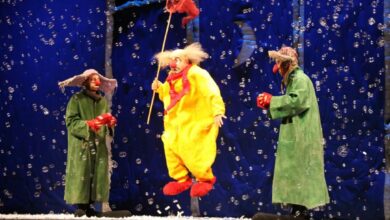How to Play “Hey There Delilah” by the Plain White T’s


Back in the mid-2000s, the pop-rock band Plain White T’s scored a major hit with “Hey There Delilah,” which flooded the airwaves and went to No. 1 on the Billboard chart in 2007, three years after it was recorded. Front man Tom Higgenson was inspired to write this gentle love song, about a fictitious cross-country relationship, after meeting competitive distance runner Delilah DiCrescenzo through a mutual friend and becoming immediately smitten. Higgenson attempted to woo DiCrescenzo with the song, but it apparently didn’t work—she was seeing someone else. Bummer.
As of late, “Hey There Delilah” has seen some curious interpretations—an AI cover based on the voice of the rapper formerly known as Kanye West, and a norteña version by Houston-based musician Jaime Guevara and his EZ band, which at press time had received more than 1,750,000 plays on Spotify. It’s been reported that the song is being turned into a television series, though it remains to be seen whether that will actually happen.
This arrangement is based on the Plain White T’s’ original studio recording, which spotlights a fingerpicked acoustic guitar. As shown in notation (depicting the intro plus a portion of the verse), the accompaniment is simple but effective. For the most part, it alternates between bass notes picked with the thumb on the beats and dyads within larger chord shapes plucked with the index and middle fingers on the ands of the beats.
In playing this pattern, hold down each chord shape for as long as possible, letting the chord tones ring together. For the D5 chord, fret string 2 with your second finger; this allows you to leave it in place when switching to Bm and also frees up your third finger to fret the C# bass note in the D5/C# chord. Hold down a full barre shape for G, even though you’re just using a few of the strings. And where you see /A after a Bm or D5 chord, just play the open A string.
As always, this arrangement is best used as a starting point for coming up with your own, whether varying the picking-hand patterns, the chords—or both.
Due to copyright restrictions, we are unable to post notation or tablature for this musical work. If you have a digital or physical copy of the May/June 2024 issue of Acoustic Guitar magazine, you will find the music on page 54.
This article originally appeared in the May/June 2024 issue of Acoustic Guitar magazine.



